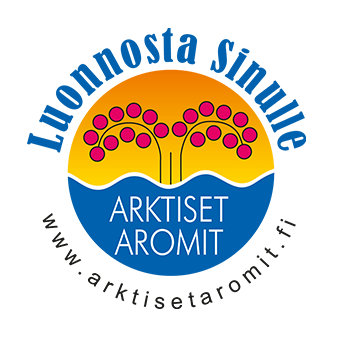Other industries
The region of Kainuu has been going through a major structural change. In years gone by, the region’s trade has been centred on agriculture and wood, as a rural region; recently however, in addition to the four main sectors, other segments have seen significant growth, such as:
Engineering Manufacturing
Skoda Transtech‘s production facility is sited in Otanmäki, Kainuu. As a major regional employer the manufacture of high-tech rail rolling stock and trams for both domestic and international markets, Transtech continues to have a demand for a skilled workforce. This has necessitated regional education and training programs to meet this demand.
Forestry
Kainuu is a region with an annual timber capacity of over 5 million m³ of some of the finest timber resource in Europe, which is responsibly and sustainably managed by an industry that is an integral part of the nature it works in. Kainuu is a forest region with over 90% forest coverage. It is home to some of the most remarkable and versatile timber found anywhere in the world. The total forest volume is 157 million m³. Of those trees 59 % are pine, 24 % spruce and 17 % deciduous trees. 10 % of the trees are outside of the wood production area. Each year forests in Kainuu grow by 6,6 million m³. Yearly growth well exceeds the usage. Growth is almost double compared to harvesting. Therefore the total available volume of wood is growing year by year.
Using wood and the related know-how has long tradition in Kainuu. The forest stock is coniferous forest, so Kainuu has good raw material for wood construction. Kainuu has strong log house industry, therefore, the region has good conditions to rise to the top in wood construction. Wood processing is strong in Kainuu. Wood from Kainuu can be used in many home surfaces – floor, ceiling, walls and furniture. Kainuu wood has found new forms and new product-ideas in the very capable hands of local wood processing professionals.
Natural resources are one of the selected key-sectors in the region and there is a will to devote in it and it is believed to increase the welfare of the region. The forests in Finland are multi-functional: wood production, recreation and forest conservation have always lived side by side, and same applies to Kainuu. The strategic importance of forests for Finland will grow further in the future. The forest sector that is based on sustainable use of the renewable resource offers versatile products and solutions for people and society. Wood is the raw-material of the future. Forest industry products made from renewable wood raw-material can be recycled and at the end of their lifecycle they can be used for bioenergy. By increasing the sustainable use of forests the use of fossil fuels can be cut down, improve energy self-sufficiency and restrain the climate change. (Source: metsäteollisuus ry)
New Products: Sustainable use of forest brings jobs, livelihood, welfare and vitality to the region. The forest industry in Finland produces annually paper products used by 100 million consumers, and wood products used by 50 million consumers. Current products in forest industry form a base for business for a long time from now, since paper, packaging and wood products are all the time developed in to new product generations. Although demand for some paper types grows slowly in the mature markets, new ways of use bring new markets. Globally paper and cardboard demand is growing every year. New products are seeked among other things from bioenergy, bio fuels, smart papers and packaging or combining new technologies (nano technology, information and communication technology) to paper and wood products.
Recyclable and biodegradable products that are based on renewable raw-materials, have significant benefits in the world where requirements from sustainable development regulate production and consumption more and more. This strengthens the competitiveness and demand for wood and paper products in long term. Forests in Finland are PFEC certified.
Private families own 60 % of Finnish forests. Ownership is divided to a great number of people, since every seventh Finn owns forest. Government owns about a quarter of the forests. Usage of government forests is planned together with citizens and other stakeholders. Companies in forest industry own 9 % of forests. (source: metsäteollisuus ry)
Superfruits and Berry Production
Worldwide, the demand for berries has increased significantly in recent years. This is mainly the result of a growing awareness of the (potential) health benefits of berries when used in food products. Superfruit is a relatively new marketing term and refers to a fruit which combines exceptional nutrient richness and antioxidant quality with appealing taste. Berries are labelled as super fruit as these are rich in phytonutrients, antioxidants such as anthocyanin, as well as anti-inflammatories. In the beginning of 2000, it was expected that the super food and drinks market would grow substantially and would double in size in the ten-year period up to 2011. The key elements to a successful super fruit product is a combination of the quality of the native fruit, scientific evidence supporting a potential health benefit, marketing and developing an appealing strategy to attract consumers.
There is an abundance of various berries, mushrooms and other naturally growing forest products growing naturally in Kainuu and this has led to the development of a knowledge and business cluster, Arctic Flavours, in the support of processors located in the region.


